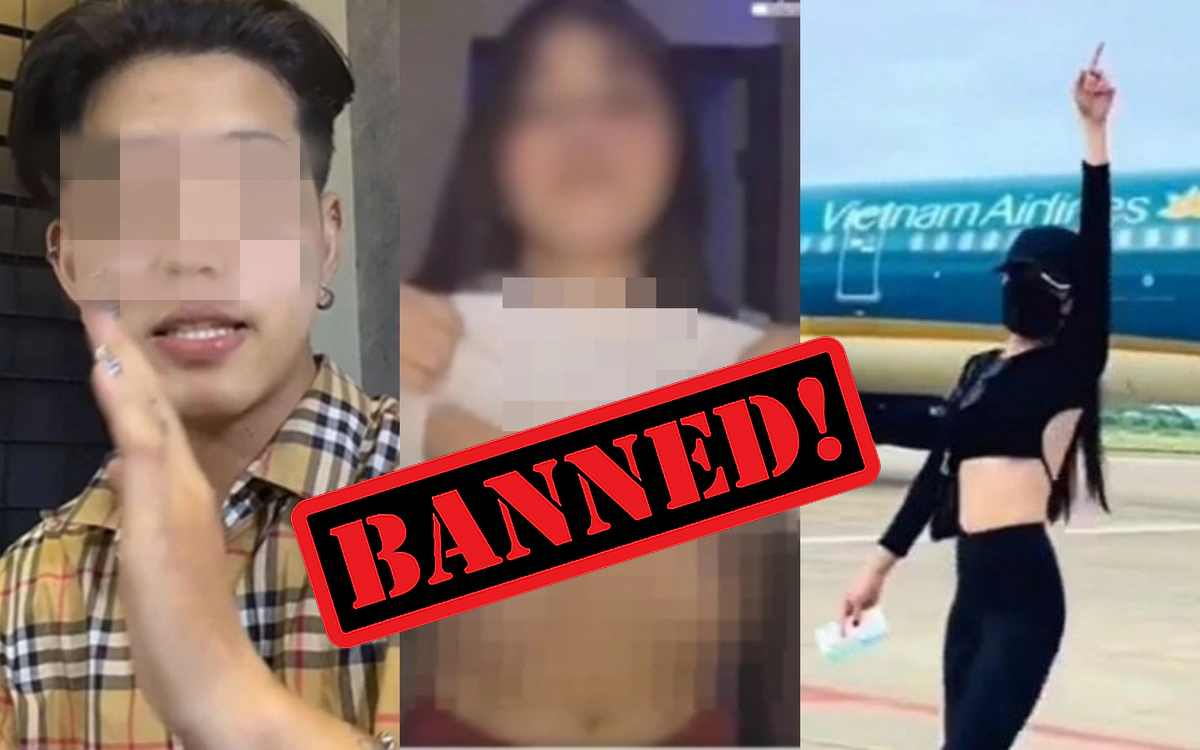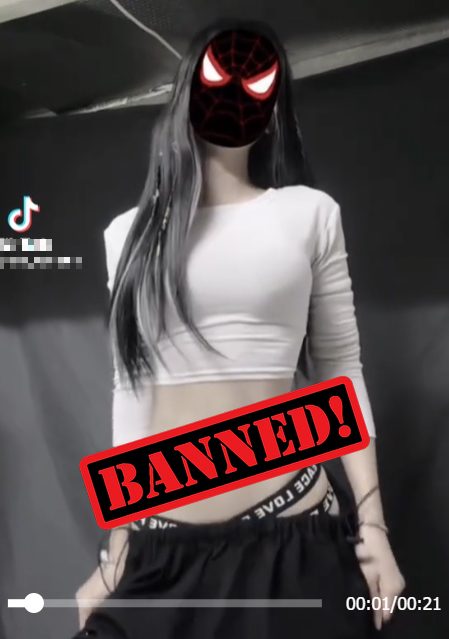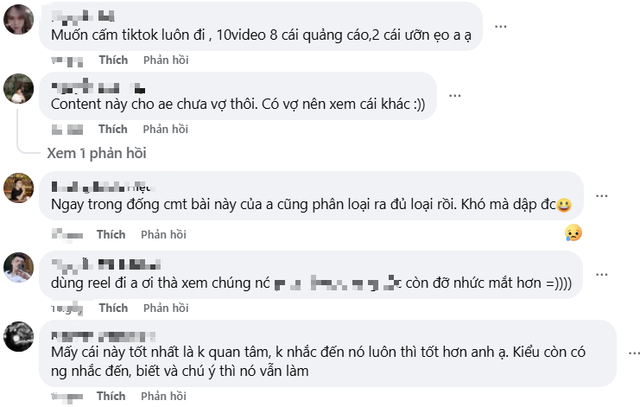In recent years, TikTok has become one of the most popular platforms globally, attracting millions of users, especially among the youth. However, this popularity comes with concerns about inappropriate content, particularly as controversial, violent, or extreme videos go “viral” on this platform. This raises questions about the effectiveness and responsibility of TikTok’s algorithm in controlling and distributing content.
The platform’s algorithm is designed to optimize user experience by distributing content based on user preferences and interaction behavior. However, in practice, viewers have realized that this algorithm tends to prioritize shocking videos to keep users engaged longer on the platform. This leads to controversial videos easily becoming popular, attracting millions of views and interactions.

On TikTok, each video is short, ranging from a few seconds to a couple of minutes. Products must convey a noteworthy message that can reach many people. The idea of “short but popular” has become an opportunity for many videos with distorted content to flourish. Many videos have sparked waves of protest, with audiences expressing fatigue and condemning those who create distorted content.
Recently, a trend that has caught the attention of many young people, especially girls eagerly “following the trend,” is “pulling down pants to show off the waist.” Accordingly, TikTokers perform dance moves to catchy music while pulling down their pants in a manner deemed extremely inappropriate. Numerous debates erupted after this series of videos became strongly “viral.”



Many TikTok users have expressed concern that the platform’s algorithm is not sensitive enough to identify and prevent harmful content. Moreover, the algorithm’s prioritization of shocking videos leaves users feeling exhausted. They believe that instead of being exposed to positive, educational, or entertaining content, they continuously face unpleasant and frustrating videos. Here, users can only “scroll past” actively and directly to protect their experience, rather than relying on the platform’s team.

Although TikTok has achieved certain successes in connecting communities and fostering creativity, issues related to content distribution algorithms and the proliferation of controversial videos still exist. To maintain user trust and ensure a safe online environment, TikTok needs to improve its content moderation system, enhance human intervention, and provide tools to help users control the content they encounter. Only then can TikTok truly become a healthy and responsible platform for its global user community.